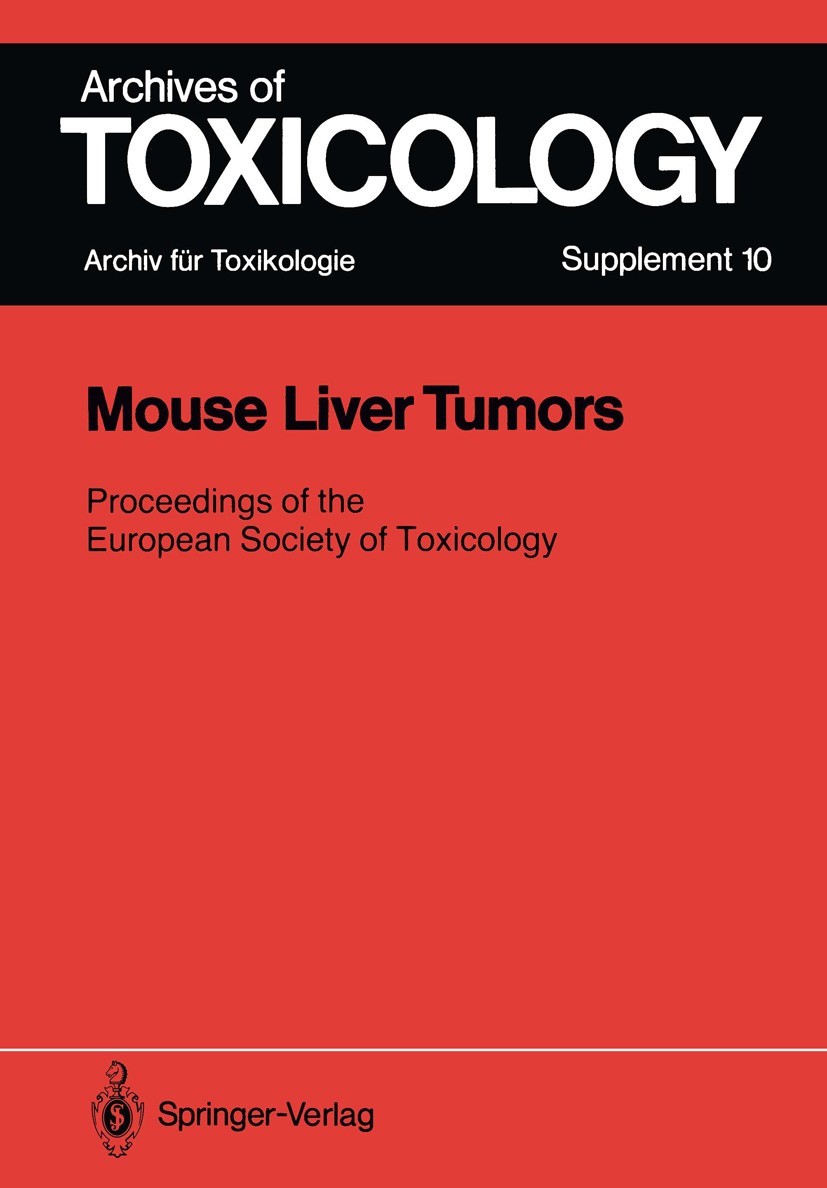| 书目名称 | Mouse Liver Tumors | | 副标题 | Relevance to Human C | | 编辑 | Philip L. Chambers,Dietrich Henschler,Franz Oesch | | 视频video | http://file.papertrans.cn/640/639715/639715.mp4 | | 丛书名称 | Archives of Toxicology | | 图书封面 |  | | 描述 | Peroxisome proliferation in the liver parenchymal cells is frequently observed in rats and mice exposed to certain xenobiotic compounds. Hepatic peroxisome pro liferation was first noted nearly twenty years ago in the livers of rats treated with the hypolipidemic drug clofibrate (Hess et aI. , 1965; Svoboda and Azarnoff, 1966). Subsequently, several structurally unrelated hypolipidemic compounds were found to induce marked hepatomegaly and hepatic peroxisome proliferation in rats and mice, which led to the suggestion of a possible relationship between peroxisome proliferation and lipid metabolism (Reddy and Krishnakantha, 1975) as well as to the identification of a peroxisomal fatty acid f3-oxidation enzyme sys tem in the rat liver (Lazarow and DeDuve 1976). A second major class of per ox i some proliferators was identified nearly ten years ago, with the discovery that the dietary administration of a widely used phthalate-ester plasticizer di(2-ethylhex yl)phthalate (DEHP) to rats, results in the induction of peroxisomal enzymes in liver (Reddy et aL 1976a). Hypolipidemic drugs and phthalate-ester plasticizers constitute two major and important categories of chemicals with prof | | 出版日期 | Conference proceedings 1987Latest edition | | 关键词 | drug; lipide; liver; liver tumor; metabolism; xenobiotic; xenobiotics | | 版次 | 1 | | doi | https://doi.org/10.1007/978-3-642-71617-1 | | isbn_softcover | 978-3-540-17124-9 | | isbn_ebook | 978-3-642-71617-1Series ISSN 0171-9750 | | issn_series | 0171-9750 | | copyright | Springer-Verlag Berlin Heidelberg 1987 |
The information of publication is updating

|
|
 |Archiver|手机版|小黑屋|
派博传思国际
( 京公网安备110108008328)
GMT+8, 2025-11-16 00:48
|Archiver|手机版|小黑屋|
派博传思国际
( 京公网安备110108008328)
GMT+8, 2025-11-16 00:48


